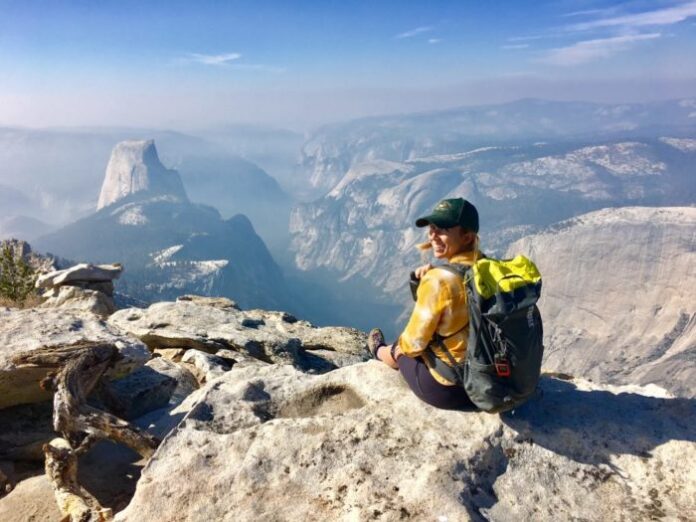There are very few things in the world that compare to breathing in crisp fresh air while overlooking the views from a mountain summit. Even non-outdoorsy folk can benefit every now and then from outdoor adventuring, but the key thing to remember is that planning ahead is a must.
Whether you’re planning a day hike in the Great Smoky Mountains that lasts just four hours from start to finish or you’re preparing for a 15-day trek in the European Alps, you need to establish a plan beforehand. If you don’t, you could be setting yourself up for trouble.
Before embarking on your next hike, follow these must-follow steps to ensure that you’re fully prepared for what lies ahead. A little planning goes a long way in most things, hiking is no exception.
Plan Your Route from Start to Finish

The US Forest Service recommends that you always stay on marked trails to avoid getting lost. Of course, this isn’t always a possibility for hikers who explore in more remote areas of the world but do your best to follow signs whenever possible.
The first step in planning out a route is to select the area, then decide on a hike that matches your experience level. Planning a trip to Yellowstone National Park? According to 57hours, Lamar River Trail to Cache Creek is one of the best day hikes in Yellowstone. Finding the recommended hikes in the area from trusted experts is a great way to start.
Technology is so advanced nowadays that planning outdoor routes is easier than ever, even for non-marked routes. You can download offline navigation apps or use a handheld GPS device to plan out the perfect route, but it’s a good idea to bring along a paper map as well. Technology is a beautiful thing, but it’s not 100% reliable.
Check the Weather Forecast

You probably already have a general idea of the area’s climate, but “general” isn’t good enough for planning your next hike. Look into the weather details and prepare accordingly. If the forecast calls for rain and you were planning a hike along steep rocky ledges, maybe think again and map out your route differently.
For sunny hot weather, it’s obviously a good idea to bring along sun protection like UV-protected glasses, sunscreen, and lightweight full-coverage clothing to prevent sunburn. The wind is also a major consideration, especially for areas with high inclines and lots of exposure to wind conditions.
Be Smart About Your Clothing Choices
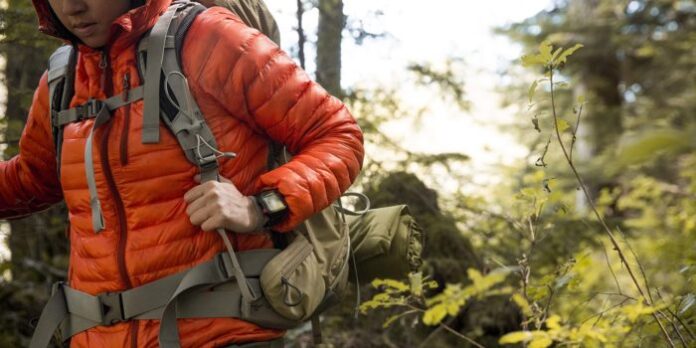
You already know about protecting yourself from the elements, but choice of clothing goes way beyond that. If you just purchased a new pair of hiking boots, you’re probably excited to put them to work. But before you do that, you’ll need to break them in to avoid blisters and sore feet. This is something that so many hikers don’t take seriously, but it can ultimately lead to discomfort and a lack of safety.
Also remember to dress appropriately for the area you are visiting. Lots of layers goes a long way when hiking. You’ll want fabrics that dry quickly and are lightweight. There are a plethora of choices but remember that your hiking equipment extends far beyond simply packing some hiking boots.
Bring a Buddy
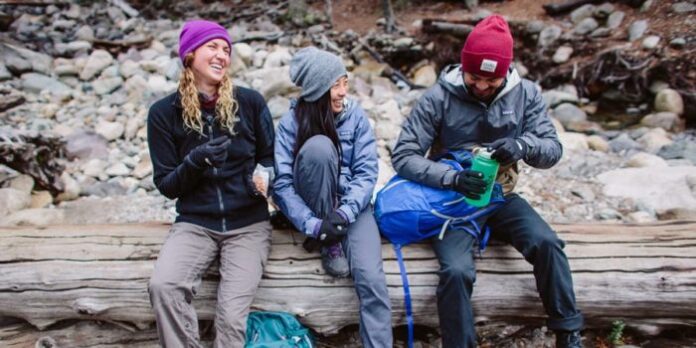
Although many hikers love the idea of solo exploration while getting in touch with nature, it is highly recommended that you hike with a buddy. This is especially true for more challenging, strenuous hikes, and it’s especially true for beginners.
If you don’t have someone you can go with, visit websites like Meetup and see if there are any planned hikes in the area. That or put up an ad saying that you’re thinking of attempting a certain hike at a certain time and date. This way you’ll have safety in numbers and possibly meet some interesting people who also know the terrain which is an added bonus.
At the very least, you should always tell someone of your whereabouts before you head out. That way if something serious happens along the way, your point of contact while having a general idea of your location.
Bring Sustenance

A rumbling belly while hiking might not seem like the worst thing in the world, but it can quickly turn from mere hunger to famished feelings and lack of energy. Pack the proper amount of food and snacks to keep you going, and never rely solely on Mother Nature to provide you with sustenance.
Even for a short 2-hour hike, it’s a good idea to bring along a few snacks to nibble on if you start to feel lightheaded or unenergized. Obviously you won’t bring along a 5-course meal, but things like almonds, trail mix, fruit, granola bars, and chocolate are great additions to any hike.
The key is packing calorie rich foods as you’re going to use a lot of energy. Something else not to be overlooked is sufficient water. It’s heavy but if you drink it methodically it won’t be a burden and it will keep you well hydrated which is important.
Understand the Ground-cover of the Area
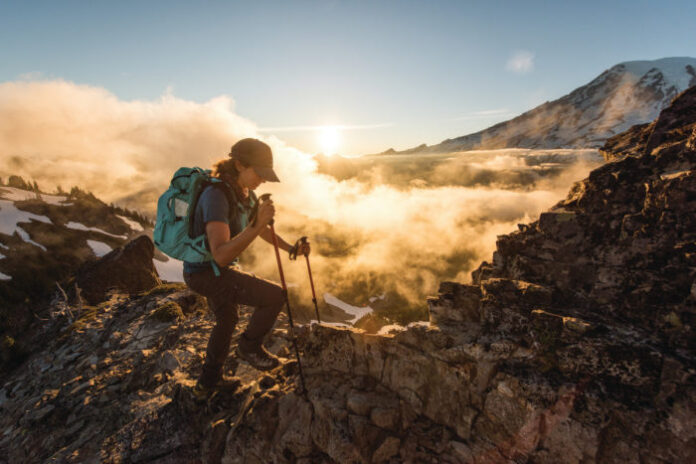
Merely considering the distance and time-frame of a hike isn’t enough. You’ll also want to consider the specifics of the terrains – things like elevations and inclines, vegetation, and where exactly those steep rocky ledges are.
For this, try not to rely solely on one source. Government websites are extremely reliable, but it’s also a good idea to check out the opinions of fellow hikers and tour providers. Another trusted source is top blogs, forums and experts on social media. Earlier it was suggested to hike with some other enthusiasts from websites such as Meetup, they’ll also bring a wealth of local knowledge which is great.
Stay Familiar with Natural Hazards
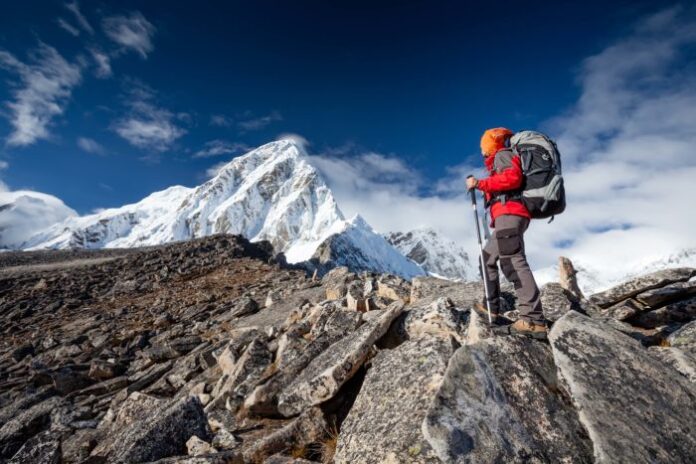
No matter how safe you assume a hike is or how unlikely the incidence of a natural hazard may be, you must stay informed about things like avalanches, floods, tornadoes, and earthquakes. Rockslides are extremely common in mountainous areas all over the world, so check into the potential risks before planning out your route.

